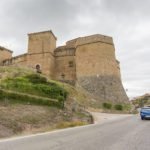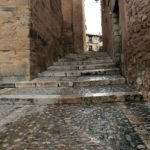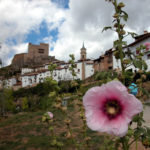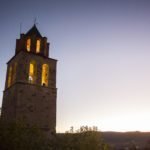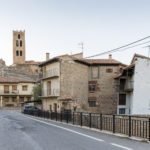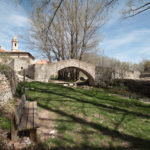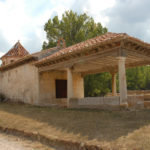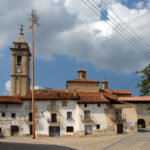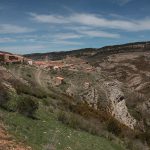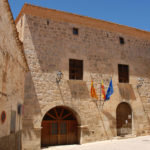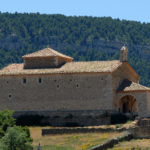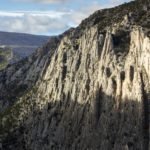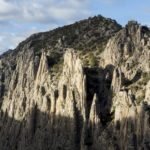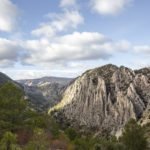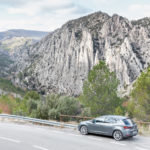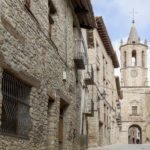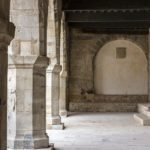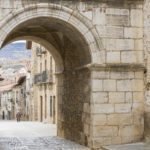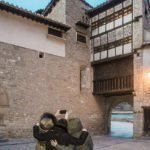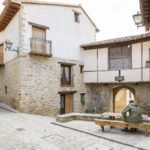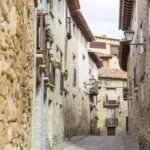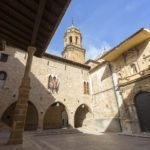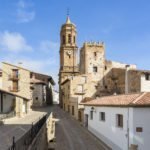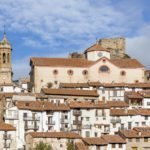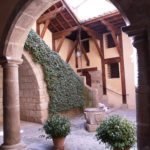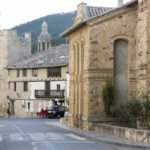Mora de Rubielos
local_hotelAccommodationlocal_gas_stationPetrol StationrestaurantRestaurant
The village of Mora de Rubielos, designated a Spanish Conjunto Histórico (conservation area), is located in the Sierra de Gúdar, on the left bank of the Mora river.
One of its main monuments is the castle that presides over the village from the top of the promontory. This imposing castle/palace features Mediterranean Gothic civic-military architecture and is one of the best preserved buildings of its kind in Aragón. The 14th-century Santa Maria church is a Gothic-style architectural gem located just below the castle. The interior features a valuable work of art: the choir with its 15th-century screens. The village is also home to five 17th-and 18th-century chapels. Centuries of history have given Mora de Rubielos an unique old town with neighborhoods planned in a traditional medieval layout. There are buildings such as the Town Hall, a 17th-century Herrian-style building, and several houses with important artistic value. The best-conserved examples of the village’s charming homes are found on Calle de las Parras. Several hiking trails through the Sierra de Gúdar start in Mora de Rubielos, the perfect way to enjoy the village’s natural surroundings.





